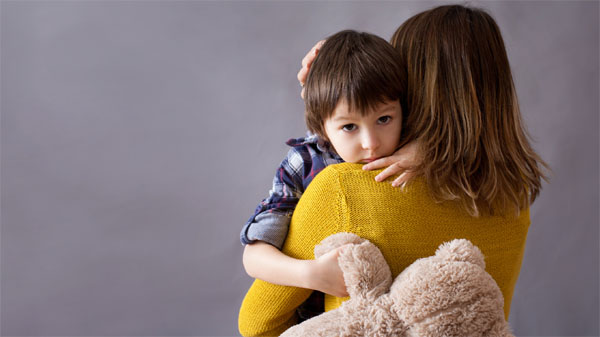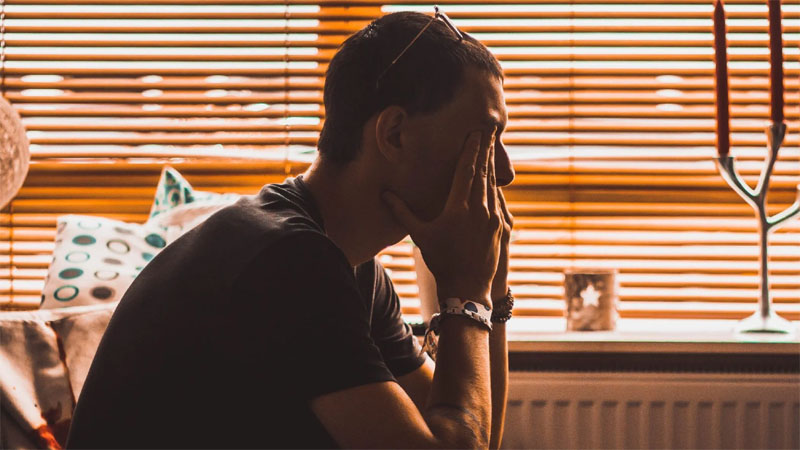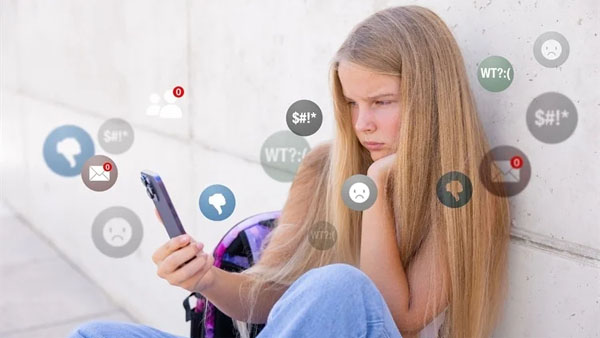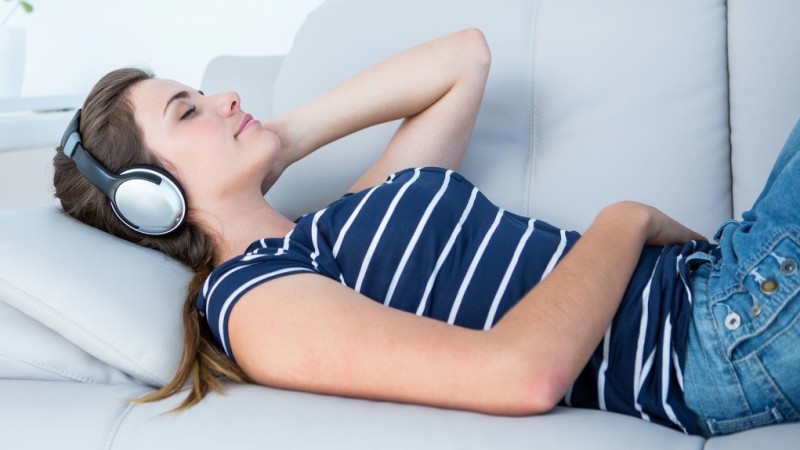Understanding Childhood Anxiety
Understanding Childhood Anxiety: Signs, Symptoms, and Coping Strategies
At Frame of Mind Clinic Psychiatry, we understand the importance of addressing childhood anxiety early. Anxiety in children can often be difficult to recognize, as it may look different than in adults. This post will help parents and caregivers identify signs of anxiety in children and offer effective coping strategies to support their emotional well-being.
Common Signs of Anxiety in Children
Children may not always be able to articulate their feelings, so anxiety may manifest in various behavioral, emotional, and physical signs. Some of the most common indicators include:
- Physical Symptoms: Children often experience physical symptoms of anxiety, such as headaches, stomachaches, muscle tension, and fatigue. They might complain of feeling "sick" without a clear medical reason.
- Frequent Worrying: Just like adults, children can excessively worry about things like school performance, social interactions, or separation from parents. This worry often disrupts their day-to-day activities.
- Avoidance Behaviors: If your child avoids situations that trigger anxiety, such as refusing to go to school, attend social events, or participate in family gatherings, it could be a sign of anxiety.
- Sleep Problems: Children with anxiety might have trouble falling asleep, experience nightmares, or wake up in the middle of the night due to racing thoughts or fears.
- Irritability and Mood Swings: Anxiety can cause children to become irritable or easily frustrated, even in situations that wouldn’t normally provoke such reactions.
- Regression: Younger children may regress to behaviors like bed-wetting, thumb-sucking, or clinging to parents as a response to anxiety.
- Perfectionism: Children may display perfectionistic tendencies, often fearing failure or making mistakes.
How Childhood Anxiety Differs from Adult Anxiety
Anxiety in children is often misunderstood or overlooked, as it may not always look like the typical adult experience. Here’s how childhood anxiety can manifest differently:
- Less Verbal Expression: Children may not have the words to express their anxiety, leading them to act out or show physical symptoms instead. They may not always recognize that their fear is anxiety-driven.
- Behavioral Changes: While adults may ruminate on their anxious thoughts, children tend to exhibit behavioral changes such as clinginess, refusal to go to school, or temper tantrums.
- Increased Need for Reassurance: Unlike adults, children often need constant reassurance to feel safe, whether it’s from parents, teachers, or peers.
- Play and Socializing: Anxiety in children may show up in their play, with them expressing fears through their toys or games. They might also withdraw from social situations, avoiding interactions with peers.
Coping Strategies for Parents and Caregivers
As parents or caregivers, it's essential to respond to a child’s anxiety with empathy and understanding. Here are some effective strategies to help manage anxiety:
- Create a Safe and Supportive Environment
Ensure that your child knows they are supported and loved. Reassure them that it’s okay to feel anxious and that they can always come to you for help. Be calm and patient when addressing their fears. - Encourage Open Communication
Allow your child to talk about their worries, but don’t force them to express themselves before they are ready. Help them label their emotions by using terms they can understand, like “worried” or “scared.” - Promote Relaxation Techniques
Teach your child simple relaxation exercises like deep breathing, progressive muscle relaxation, or guided imagery to help them calm down when they feel anxious. - Set Realistic Expectations
Avoid pushing your child to confront their fears all at once. Gradually expose them to anxiety-inducing situations in a controlled and supportive way. Celebrate small wins to build their confidence. - Establish a Consistent Routine
Children thrive on routine, so establishing a predictable schedule can help reduce anxiety. Make sure they have regular bedtimes, meal times, and moments of relaxation to feel secure. - Model Healthy Coping Skills
Children learn by example, so demonstrate healthy ways to manage your own stress and anxiety. Talk openly about how you cope with challenges, whether it’s taking a walk, practicing mindfulness, or talking it through. - Limit Stressors
Sometimes, children’s anxiety is triggered by external stressors such as school pressure or family conflicts. Help them manage stress by providing guidance, seeking outside support, and, when necessary, adjusting the child’s environment. - Encourage Physical Activity
Physical exercise can help children release tension and improve mood. Encourage them to engage in activities they enjoy, such as playing outside, swimming, or even yoga. - Seek Professional Help
If your child’s anxiety persists or interferes with their daily life, it may be time to consult with a mental health professional. Cognitive-behavioral therapy (CBT) is particularly effective in treating anxiety in children, helping them learn how to challenge negative thoughts and develop coping strategies.
When to Seek Professional Help
If your child’s anxiety is severe, leads to extreme avoidance behaviors, or begins to interfere with school, friendships, or daily activities, it is important to consult with a therapist or psychiatrist. A professional can provide an accurate diagnosis and help develop a tailored treatment plan.

At Frame of Mind Clinic Psychiatry, we are dedicated to helping children and families address anxiety through compassionate care and evidence-based approaches. If you're concerned about your child's anxiety, reach out to us today for support.
Stay tuned for more insightful articles and tips on our blog.





































